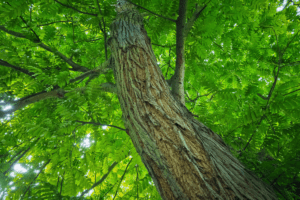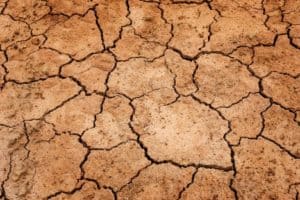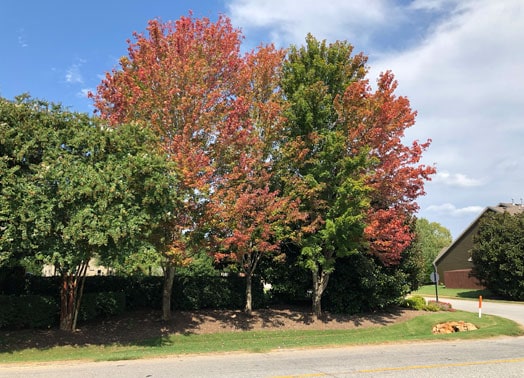What is a Tree Growth Regulator? How can it help the trees on your property?
If you’ve ever wondered how to keep your trees healthy while also maintaining a canopy size that is ideal for your home (without constant pruning), a Tree Growth Regulator application might be right for you!
Tree Growth Regulator is an application in which a technician will apply a product around the base of the tree to be absorbed by the roots and taken up into the plant. This application helps to gently slow the growth of trees by allowing them to redirect energy from outward growth of the canopy to strengthening root growth. This results in healthier trees, more capable of withstanding prominent stressors in the Urban Environment, such as drought, heat, insect infestations, and disease attacks.
Neighborhood Arborist John Grizzle, located in our Greenville, South Carolina market, has a client regularly tell him how helpful the Tree Growth Regulator application was to the health of her Silver Maple Tree: “A few years ago, I went out to meet with one of our clients in Simpsonville who has a Silver Maple in her backyard. After evaluating, it was clear to see the tree was in heavy decline, but our client loved the tree and really wanted to save it. We put her on a Program, did some pruning, and applied Tree Growth Regulator. Since then, we’ve seen the tree improve drastically; it leafed out perfectly this year, which was awesome! After doing those treatments a few years ago, our client has told us how much she loves her tree and how happy she is that it’s doing well. We’re thrilled that we’ve been able to help keep her Silver Maple healthy!”
The first step in keeping your trees and shrubs healthy is to schedule an appointment with your Neighborhood Arborist. They’ll help you discover the right Program for you and if a Tree Growth Regulator application might be exactly what your tree needs. A healthy tree can better withstand attacks from the Urban Environment, and we’d love to help you choose the best course of action for the plants on your property.






 One important observation in the color change of these leaves is the difference between their colors. Brown leaves are an indication that the tree is beyond the point of stress and is entering the ‘death spiral,” or series of stressors that will eventually kill the tree. Our Neighborhood Arborists have noticed that most trees like Maples, Cherries, and Tulip Poplars are turning; if you have these types of trees on your property, keep your eye on them! Maples usually struggle with girdling root issues, which is another stress factor that can lead to tree death, and Cherries are known to defoliate early because of disease.
One important observation in the color change of these leaves is the difference between their colors. Brown leaves are an indication that the tree is beyond the point of stress and is entering the ‘death spiral,” or series of stressors that will eventually kill the tree. Our Neighborhood Arborists have noticed that most trees like Maples, Cherries, and Tulip Poplars are turning; if you have these types of trees on your property, keep your eye on them! Maples usually struggle with girdling root issues, which is another stress factor that can lead to tree death, and Cherries are known to defoliate early because of disease.






